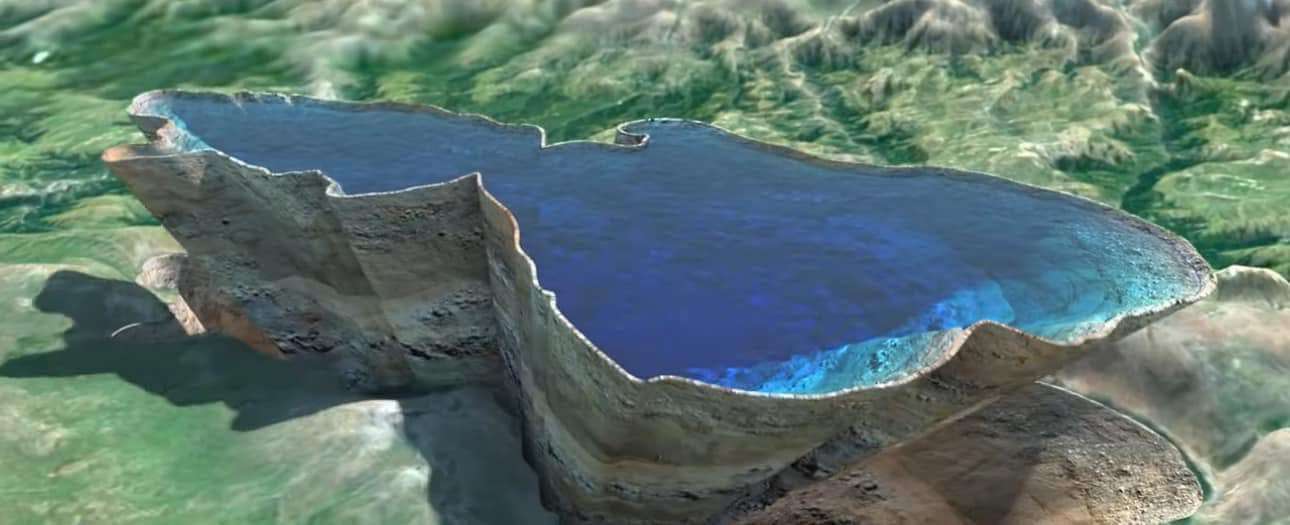The Ministry of Environment has presented facts about Lake Sevan.
The age of Lake Sevan is estimated at 25 thousand years,
30 rivers and streams (including two large springs) flow into Lake Sevan, the total discharge of which is 24.0 cubic meters/second; the most abundant river is the Argichi, with an average annual discharge of 5.38 cubic meters/second,
In its natural state, 92% of the water entering Lake Sevan evaporates,
The length of the lake along the central axis from the mouth of the Dzknaget River (in the northwest) to the village of Tsovak (in the southeast) is 74 km, the average width is 19.2 km (the greatest width relative to the axis is 32 km),
Lake Sevan is classified as a freshwater lake by the level of mineralization; the lake water belongs to the first type of the magnesium group of the hydrocarbon class,
According to historical observation data, the annual level of Lake Sevan decreased the most, by 131 cm, in 1961 and increased the most, by 72 cm, in 1988.
The renewable water resources (river flow) formed in Armenia during one year are equivalent to a water layer about 6 m thick in Lake Sevan.
The lake forms a sea ice layer every year, but the lake is not covered with ice all year round. In recent years, the most intense widespread freezing was observed in 2008.
Lake Sevan's surface water temperature averages about 9.0˚C per year. During summer-autumn, the surface layer stays at more than 18˚C for about 80-100 days.
Before the artificial lowering of the level, it was considered one of the most transparent lakes in the world, along with Lakes Baikal, Geneva, and Issyk-Kul. Its transparency in its natural state amounted to about 21m.




















